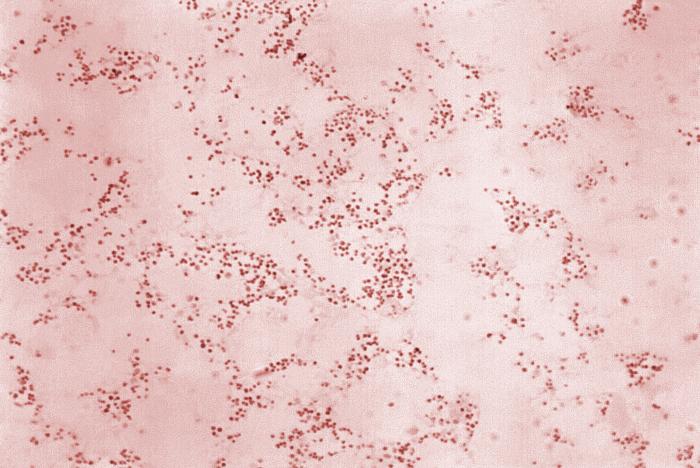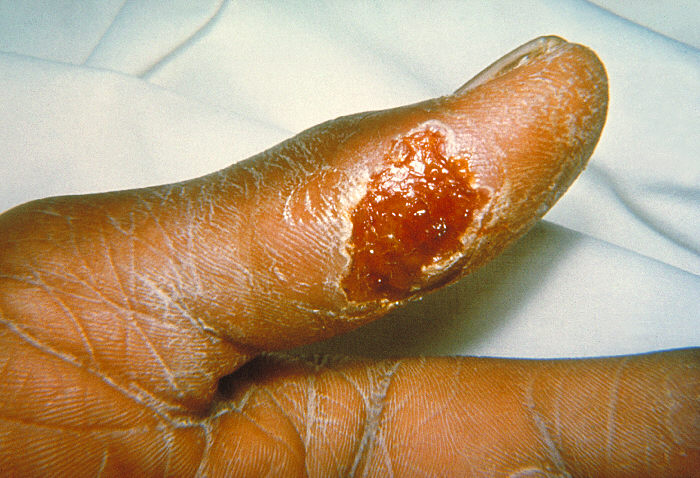The bacterium that causes tularemia can enter the body through the skin, eyes, mouth, or lungs. In the US, the most common routes of infection are:
- Tick and deer fly bites
- Handling infected animals or animal tissues
- Breathing contaminated air or dust
In Indiana, the American dog tick (Dermacentor variabilis), and the Lone Star tick (Amblyomma americanum) can transmit tularemia bacteria. In the western US, the Rocky Mountain wood tick (Dermacentor andersoni) and deer fly (Chrysops spp.) can also transmit the bacteria.
People can become infected with tularemia bacteria by having contact with infected animals or handling infected animal tissue. This can occur when hunting or skinning infected rabbits, muskrats, prairie dogs, and other rodents. Domestic cats are susceptible to tularemia and may transmit the bacteria to humans through bites or scratches.

Eastern cottontail (Sylvilagus floridanus) rabbit. Photo: Pixabay.
People can become infected by breathing air or dust that is contaminated with tularemia bacteria. This can occur during farming or landscaping activities, especially when tractors or lawn mowers run over infected animals or carcasses.

Photo: Pixabay.




